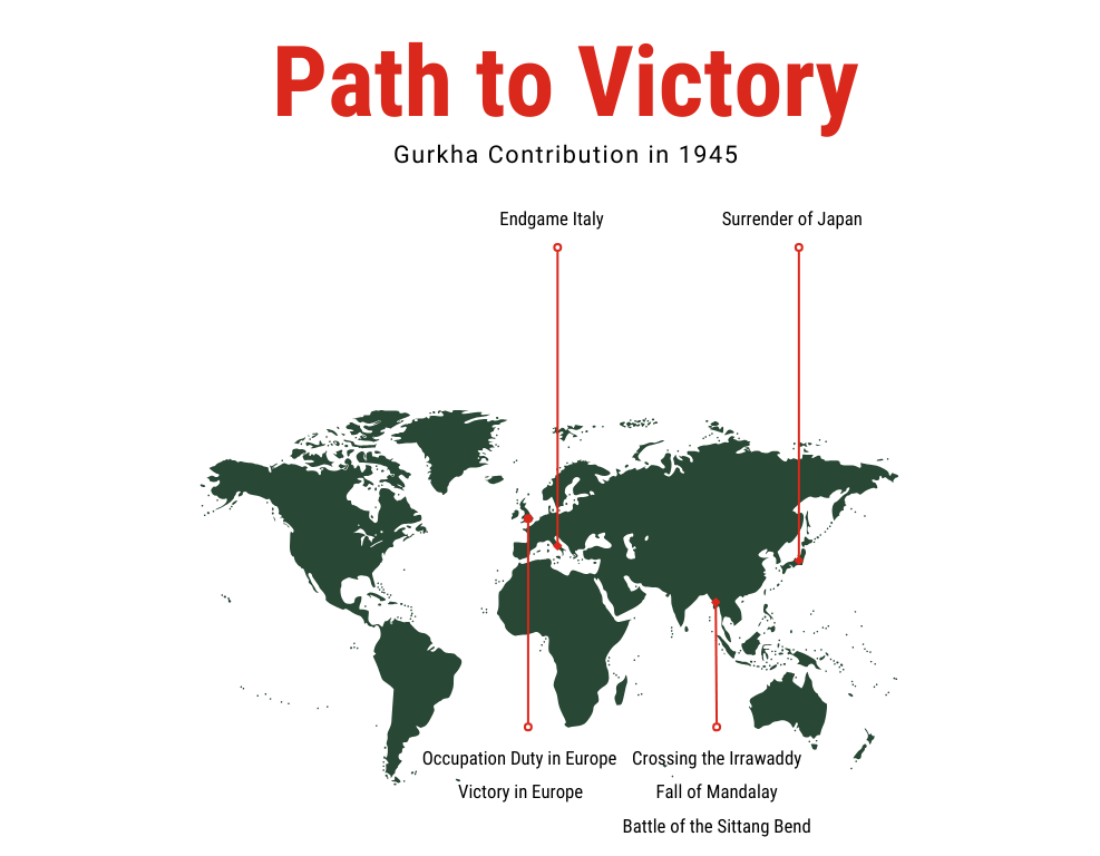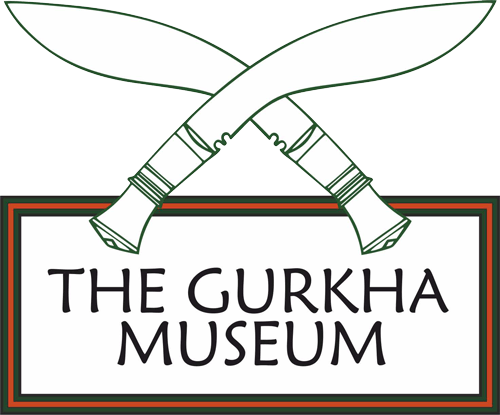
Path to Victory
The year 2025 holds great significance for the peoples of Britain and Nepal, as well as for all friends of Gurkha heritage. This year The Gurkha Museum Trust will commemorate important anniversaries, including the 80th anniversary of the Gurkhas’ bravery in Burma and their courageous contributions during the final months of the Second World War.
The Museum’s Path to Victory series will highlight the service and sacrifices of the Gurkhas in 1945. This series includes a monthly article that coincides with the anniversaries of major battles involving the Gurkhas, leading to Victory over Japan (VJ) Day.

